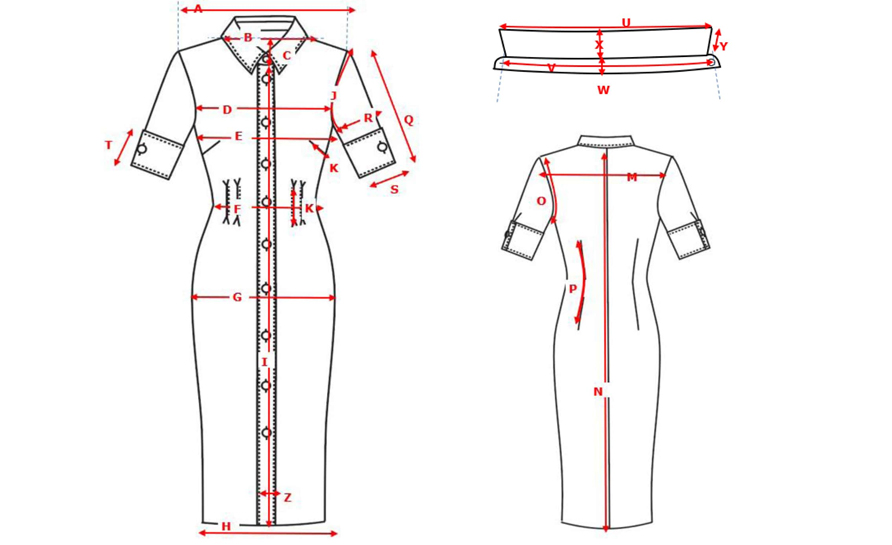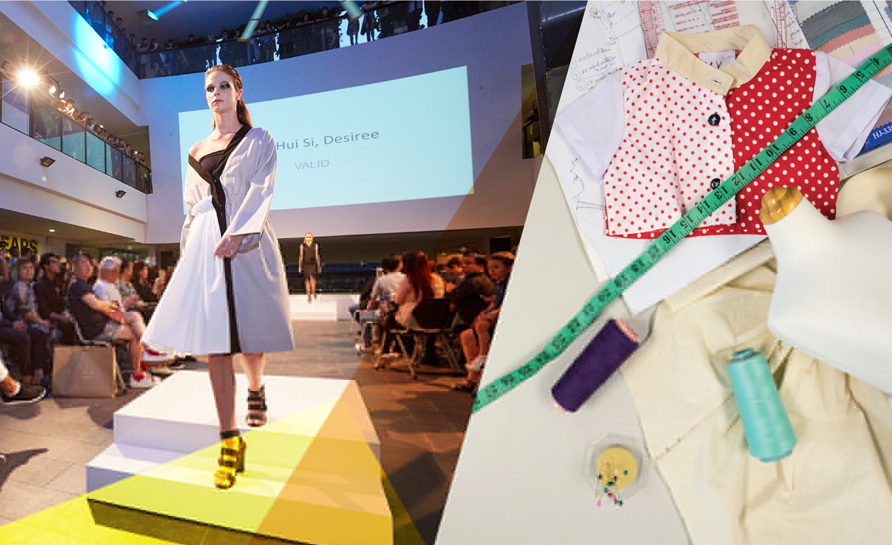

Individuals working with or intend to study fashion trends, sketch styles, choose materials, contribute enormously to the creation of millions, if not billions of items of consumer goods and accessories purchased by shoppers on a yearly basis.
Fashion has its own ways of using technology. Let’s do away with the notion first that fashion is all art and aesthetics. Once it truly comes down to stitching a dress, is really mathematics.

If one cannot perceive that shaving off one cm from the seam line would have the potential to ruin a dress, or it’s necessary to draw perpendiculars for the darts, then it is possible that she/ he may not be able to come up with a sensible style. And we would find ourselves repeating somebody else’s styles and wouldn’t be ready to manage our tailors well. (Imagine a tailor sewing a tent dress overlarge, simply because you aforesaid to provide some additional width!).
Some folks might worry that mathematics isn’t their Cup of Tea. Lets decode it-
Math could be a crucial tool for fashion styling. For instance, in order to live sample for fitting or to keep sizes consistent. Additionally, understanding of pure mathematics is required for mapping a two-dimensional pattern that must be designed to suit on a three-dimensional body.

When, a designer creates an image for a marriage robe. First he/ she is going to find out the area in sq. feet of the material required for the complete dress.Then they are going to estimate what quantity material in yards would be required for the dress.
What percentage of material to purchase is adequate? keep in mind that one yard of material has twelve sq. feet.
HERE ARE SOME COOL TIPS TO MAKE THIS DAUNTING TASK A LITTLE LESS COMPLICATED:
To begin with, material estimation is one of the most effective ways to bring profit in the competitive business of fashion. If you save your material you’ll be able to save cash.
No need to panic , once it involves mathematics calculation. It’s terribly easy and crisp to understand the facts with an easy Formula. Below are the unit outline wherever you study the material saving formula and build yourself as a business professional.
WOVEN MATERIAL CONSUMPTION FORMULA
The quantity of material that is needed to supply a garment is named consumption. The quantity of material needed to supply a garment is verified through marker planning and mathematical system. we are able to calculate and verify the consumption of material by the subsequent 2 systems:
1. Marker designing system
2. Mathematical system
There are also 2 formula’s for material consumption. One is woven material consumption formula and the another is knit material consumption formula. currently I have solely discussed on the Consumption of woven material that is finished in the mathematical system.
WHAT YOU NEED TO CALCULATE THE WOVEN MATERIAL CONSUMPTION:
1. Material Description.
2. Materials width/weight.
3. Measure chart with a technical description.
4. Laundry Shrinkage if any.
5. Vogue Description.
FORMULA FOR WOVEN MATERIAL:
– Formula = Length X breadth / fab dimension X fab Unit
Length= Length of the specific elements + allowance
Width= breadth of the particular components + allowances
– Fabric Width-material dimension once considering the shrinkage. Assume material dimension is 45” and therefore the Shrinkage allowance is 1”, Then the dimension are (45”-1”)= 44” of the particular material dimension.
– Fabric Unit- material calculation unit, here it’ll be 36 as a result of that we tend to calculate the consumption in yards.
– For Example, calculate the consumption of a shirt ( front part)
Centre front length = 32’+1” ( stitching allowance)=33”
Width ( Chest)= 24”+1” ( stitching allowance) +3”
Pleat (1.5*2) = 28”
33″ X 28″ / 44″ X 36″
924″ / 1584″
0.5833333
0.59 yards( For front part )
If you simply learn the formula mentioned above, it’s a pretty straightforward process to give you a heads up for calculating the material consumption and mastering it may give one the ability to figure out material estimation efficiently, within a short timeframe.